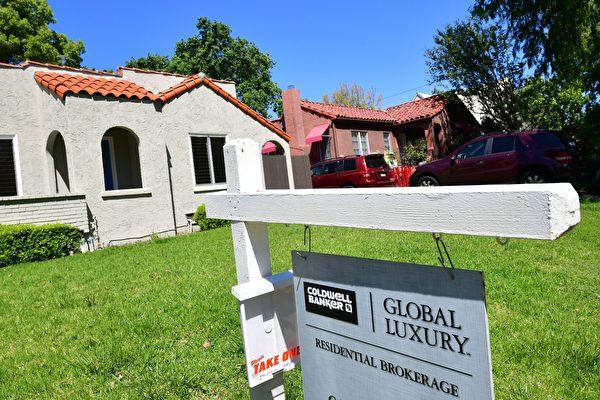U.S. interest rates for home loans rose for a fourth straight week by Jan. 14, as mortgage applications increased 2.3 percent from a week earlier, according to the Market Composite Index (MCI), a measure of mortgage loan application volume.
On an unadjusted basis, the MCI increased 3 percent compared with the previous week.
Residential real estate borrowing costs are now the highest in nearly two years, as financial markets await the Federal Reserve’s move to quickly raise interest rates sooner than previously expected to combat high inflation.
The Mortgage Bankers Association (MBA) announced on Wednesday that its weekly measure of the average contract rate on a 30-year, fixed-rate mortgage climbed to 3.64 percent in the week ending Jan. 14, from 3.52 percent in the previous week.
That is the highest rise since the spring of 2020, after the pandemic triggered a recession and drove borrowing costs to historic lows as the Fed cut its benchmark interest rate to near zero.
“Mortgage rates hit their highest levels since March 2020, leading to the slowest pace of refinance activity in over two years,” said Joel Kan, MBA’s Associate Vice President of Economic and Industry Forecasting.
“FHA and VA refinance declines drove most of the refinance slowdown,” he added.
With inflation running at the highest rate in 40 years and the job market near full employment, the Fed is expected to rein in its earlier stimulus policies, with an initial rate hike likely to be implemented by mid-March.
The anticipated rate hike is driving up the yields on the Treasury securities that influence mortgage rates.
Home financing costs are following suit with MBA’s 30-year contract rate climbing from 3.27 percent in mid-December.
The rate rise may have contributed to a slowdown in applications for mortgage refinancing.
Applications for home-purchase loans, which are at high but at historically low rates, saw the largest increase in six months last week from prospective buyers who are applying before rates dramatically increase.
“Despite the increase in rates, purchase applications jumped almost 8 percent, with conventional purchase applications accounting for much of the stronger activity,” Kan said, adding that “the average loan size for a purchase application set a record at $418,500.”
“The continued rise in purchase loan application sizes is driven by high home-price appreciation and the lack of housing inventory on the market—especially for entry-level homes,” he continued.
However, the current high asking prices for loans are still deterring first-time home buyers.
“The slower growth in government purchase activity is also contributing to the larger loan balances and suggests that prospective first-time buyers are struggling to find homes to buy in their price range,” concluded Kan.
Meanwhile, the Refinance Index decreased 3 percent from the previous week and 49 percent from the same week a year earlier.
The refinance share of mortgage activity decreased to 60.3 percent of total applications from 64.1 percent the previous week.





